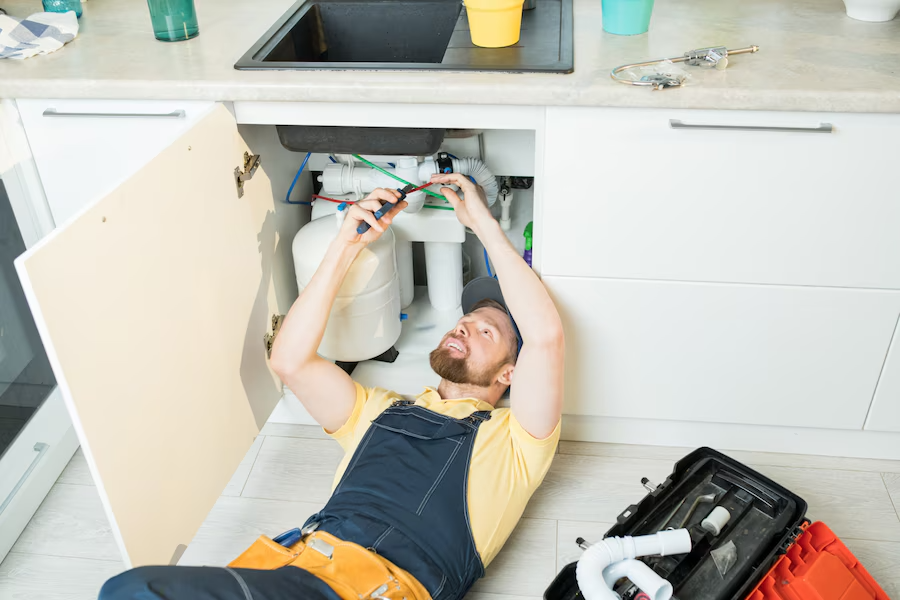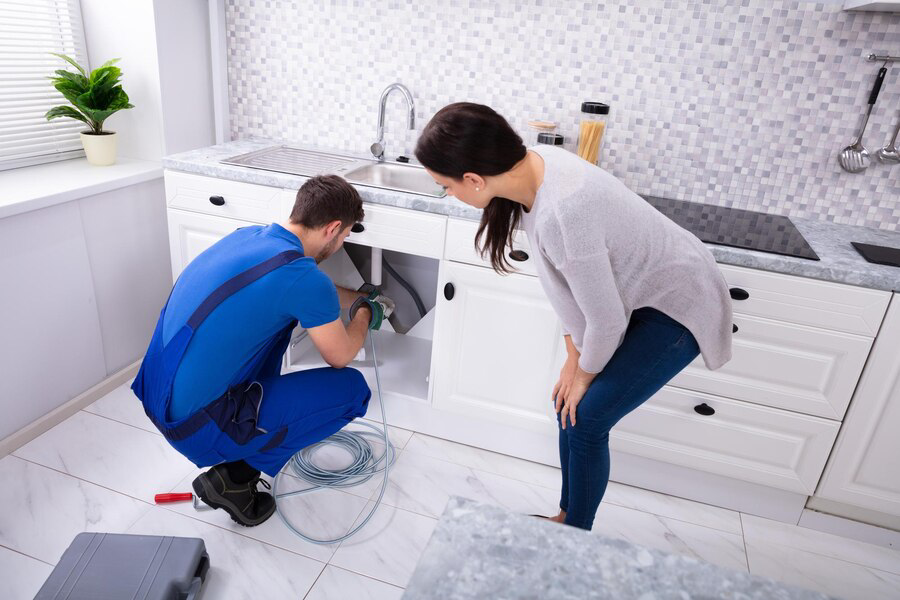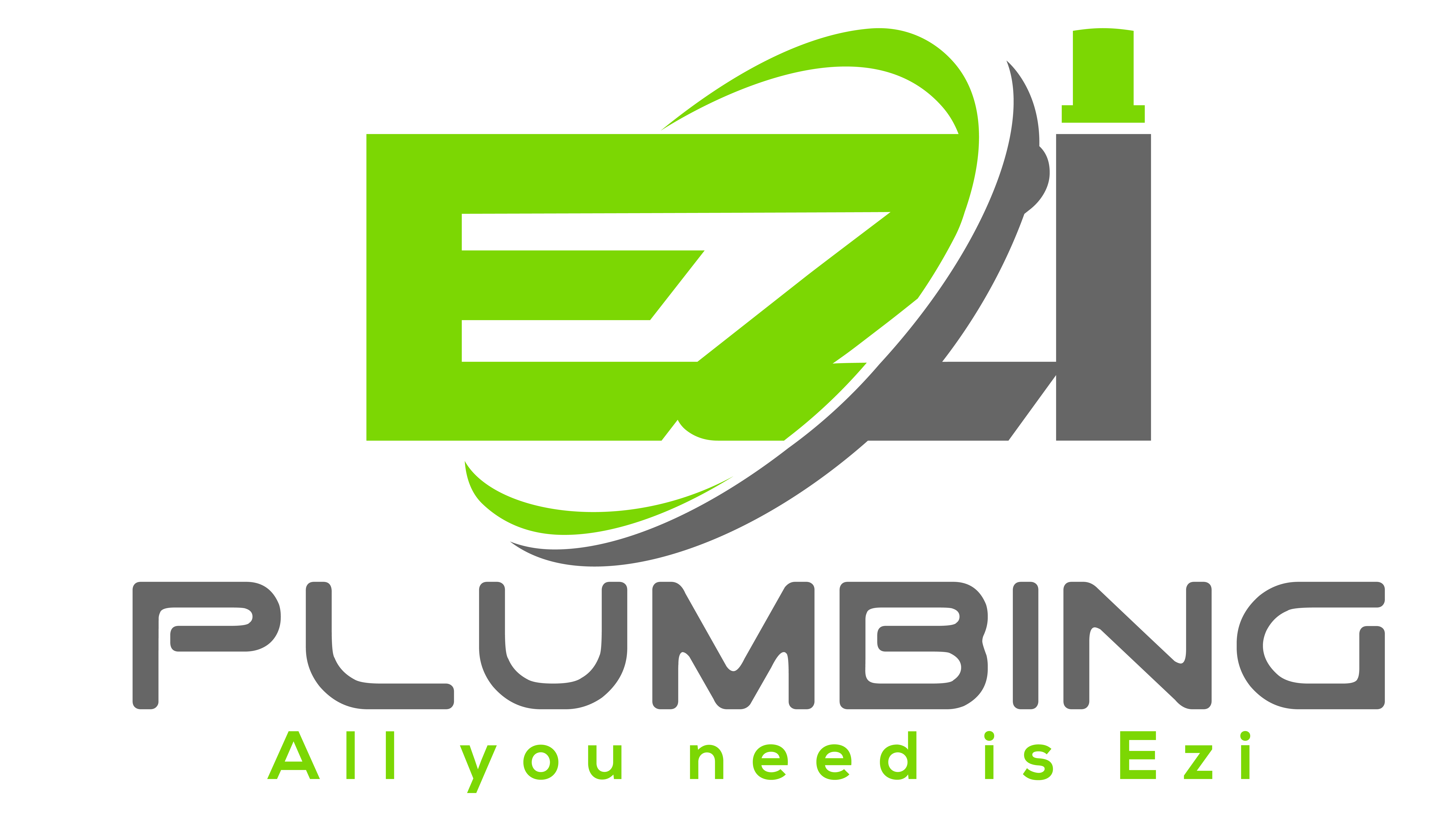Welcome to our comprehensive guide on “The Anatomy of Emergency Plumbing Issues.” Plumbing problems can wreak havoc on your home or business, causing inconvenience, damage, and even health hazards. From burst pipes to overflowing toilets, emergencies can strike at any time, often when you least expect them. In this blog series, we will delve into the intricate workings of emergency plumbing issues, exploring their causes, symptoms, and most importantly, solutions. Whether you’re a homeowner, a property manager, or a business owner, understanding the anatomy of plumbing emergencies is essential for timely response and effective mitigation. Join us as we unravel the mysteries behind common plumbing emergencies, empowering you with the knowledge and insights needed to handle them confidently. From identifying warning signs to implementing preventive measures, this series aims to equip you with the tools necessary to navigate through plumbing crises with ease. Stay tuned for expert advice, practical tips, and real-life examples that will help you safeguard your property and maintain peace of mind amidst unexpected plumbing challenges.
Understanding Emergency Plumbing: What Constitutes an Emergency
Emergencies often catch us off guard, leaving us scrambling for solutions amidst chaos. When it comes to plumbing issues, distinguishing between routine maintenance tasks and genuine emergencies is crucial. Knowing what constitutes a plumbing emergency can mean the difference between a minor inconvenience and a major disaster. In this article, we’ll delve into the nuances of emergency plumbing, identifying key scenarios that warrant immediate attention and exploring the potential consequences of neglecting them.

Burst Pipes
Burst pipes are perhaps the quintessential plumbing emergency. Whether due to freezing temperatures, corrosion, or excessive water pressure, a burst pipe can unleash significant water damage within minutes. The sudden loss of water pressure or the sound of rushing water should raise alarm bells, prompting immediate action to shut off the main water supply and contact a plumber.
Sewage Backup
A sewage backup is not only unsanitary but also poses serious health risks to occupants. If you notice foul odors emanating from drains, toilets backing up, or water pooling around floor drains, it could indicate a sewage backup. Given the potential for contamination and structural damage, prompt intervention by a professional plumber is essential to mitigate the hazards.
Complete Water Loss
Suddenly finding yourself without running water throughout your home is undeniably alarming. While it may stem from various issues such as a malfunctioning water pump, main water line rupture, or municipal supply disruption, the absence of water severely disrupts daily activities. In such cases, contacting a plumber promptly is imperative to diagnose and rectify the underlying cause.
Gas Leaks
Gas leaks present a dual threat of fire and asphyxiation hazards, demanding immediate attention. The distinctive smell of gas, hissing sounds near gas lines, or physical symptoms like dizziness or nausea may indicate a gas leak. Evacuate the premises immediately, shut off the gas supply if safe to do so, and contact both a plumber and the gas utility provider for swift resolution.
Flooding
Flooding within the home, whether from external sources like heavy rainfall or internal plumbing failures, requires urgent action to prevent extensive damage. Rapid water extraction and thorough drying are essential to mitigate mold growth and structural deterioration. Identifying and addressing the underlying cause of the flooding, such as a malfunctioning sump pump or blocked drainage system, is paramount to prevent recurrence.
Common Causes of Emergency Plumbing Problems
Understanding the root causes of emergency plumbing problems is key to preventing them from occurring or escalating into critical situations. While some issues may seem minor at first, they can quickly spiral out of control if left unchecked. In this article, we’ll explore eight common culprits behind emergency plumbing crises, empowering homeowners to identify potential risks and take proactive measures to protect their properties.
Aging Infrastructure
One of the leading causes of emergency plumbing problems is aging infrastructure. Over time, pipes and fixtures deteriorate, leading to leaks, corrosion, and eventual failure. Older homes with outdated plumbing systems are particularly susceptible to these issues. Regular inspections and proactive maintenance can help identify and address aging infrastructure issues before they escalate into emergencies.
Clogged Drains and Sewers
Clogged drains and sewers are a frequent cause of plumbing emergencies, resulting from the accumulation of debris, grease, hair, and other foreign objects. When left unattended, clogs can impede the flow of wastewater, leading to backups, overflows, and potential water damage. Implementing preventive measures such as regular drain cleaning and proper disposal practices can help mitigate the risk of clogs.

Freezing Temperatures
In colder climates, freezing temperatures pose a significant risk to plumbing systems. When water freezes inside pipes, it expands, exerting pressure that can cause pipes to burst. Frozen pipes not only disrupt water supply but also result in extensive water damage once they thaw. Proper insulation, heating, and proactive measures to prevent freezing can help safeguard against this common winter hazard.
High Water Pressure
Excessive water pressure can wreak havoc on plumbing fixtures and appliances, leading to leaks, bursts, and other damage. While adequate water pressure is necessary for efficient water flow, levels above 80 psi can strain pipes and connections, increasing the risk of emergencies. Installing a pressure regulator and monitoring water pressure regularly can help prevent damage caused by high water pressure.
5 Tree Roots
Tree roots seeking moisture and nutrients can infiltrate underground sewer lines and drainpipes, causing blockages, cracks, and leaks. As roots grow and expand, they exert pressure on pipes, leading to structural damage and eventual failure. Regular inspections and proactive root control measures, such as root barriers or chemical treatments, can help prevent tree root intrusion and mitigate the risk of plumbing emergencies.
Spotting the Signs: Early Warnings of Potential Plumbing Emergencies
Early detection of plumbing issues can prevent minor problems from escalating into full-blown emergencies. By recognizing the warning signs, homeowners can take timely action to address issues before they cause significant damage. In this article, we’ll highlight key indicators that may signal potential plumbing emergencies, empowering readers to act proactively and protect their homes.
- Unusual Odors: Foul or sewage-like odors emanating from drains could indicate a potential sewage backup or leak, warranting immediate investigation.
- Slow Drainage: Persistent slow drainage in sinks, showers, or tubs may signify a developing clog in the plumbing system, which, if left unchecked, could lead to complete blockages and overflows.
- Low Water Pressure: Sudden drops in water pressure throughout the home may indicate issues with the main water supply line, such as leaks or obstructions, requiring prompt attention to prevent further complications.
- Unexplained Water Damage: Water stains on walls or ceilings, warped flooring, or peeling paint may indicate hidden leaks or burst pipes within the walls or under the flooring, necessitating thorough inspection and repairs.
Conclusion
Understanding the anatomy of emergency plumbing issues empowers homeowners to take swift and effective action when faced with unexpected crises. From burst pipes to clogged drains, recognizing the warning signs and knowing how to respond can prevent extensive damage and costly repairs. By prioritizing regular maintenance and investing in professional inspections, homeowners can safeguard their properties and maintain peace of mind.
For any further inquiries or assistance with emergency plumbing needs, don’t hesitate to contact EZI Plumbing at +61 448467788. Our team of experienced professionals in Chain Valley Bay is dedicated to providing prompt, reliable service to address any plumbing issue, big or small. Your satisfaction and the integrity of your home are our top priorities. Reach out today and let us help you keep your plumbing system running smoothly.

